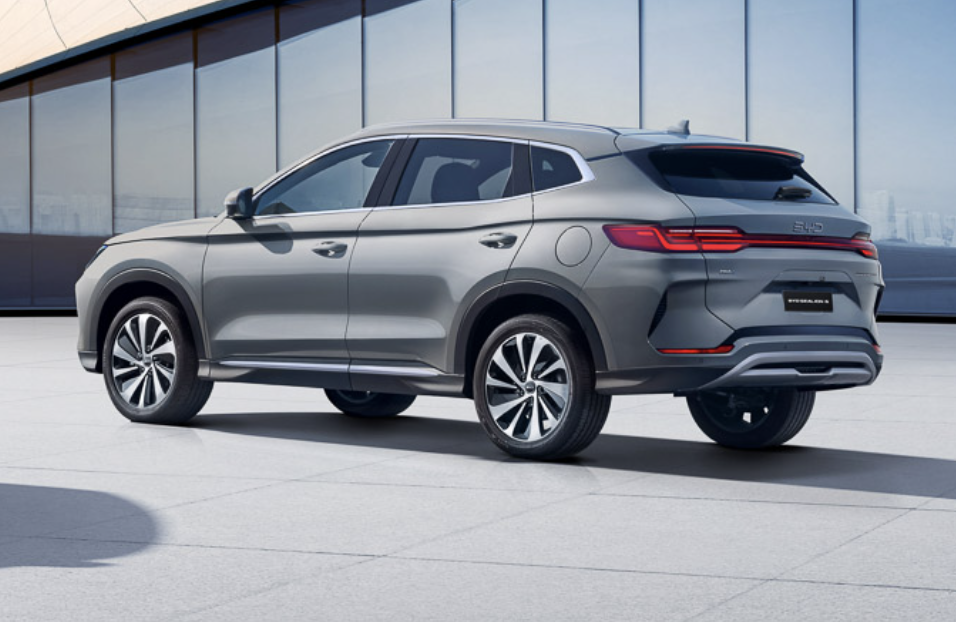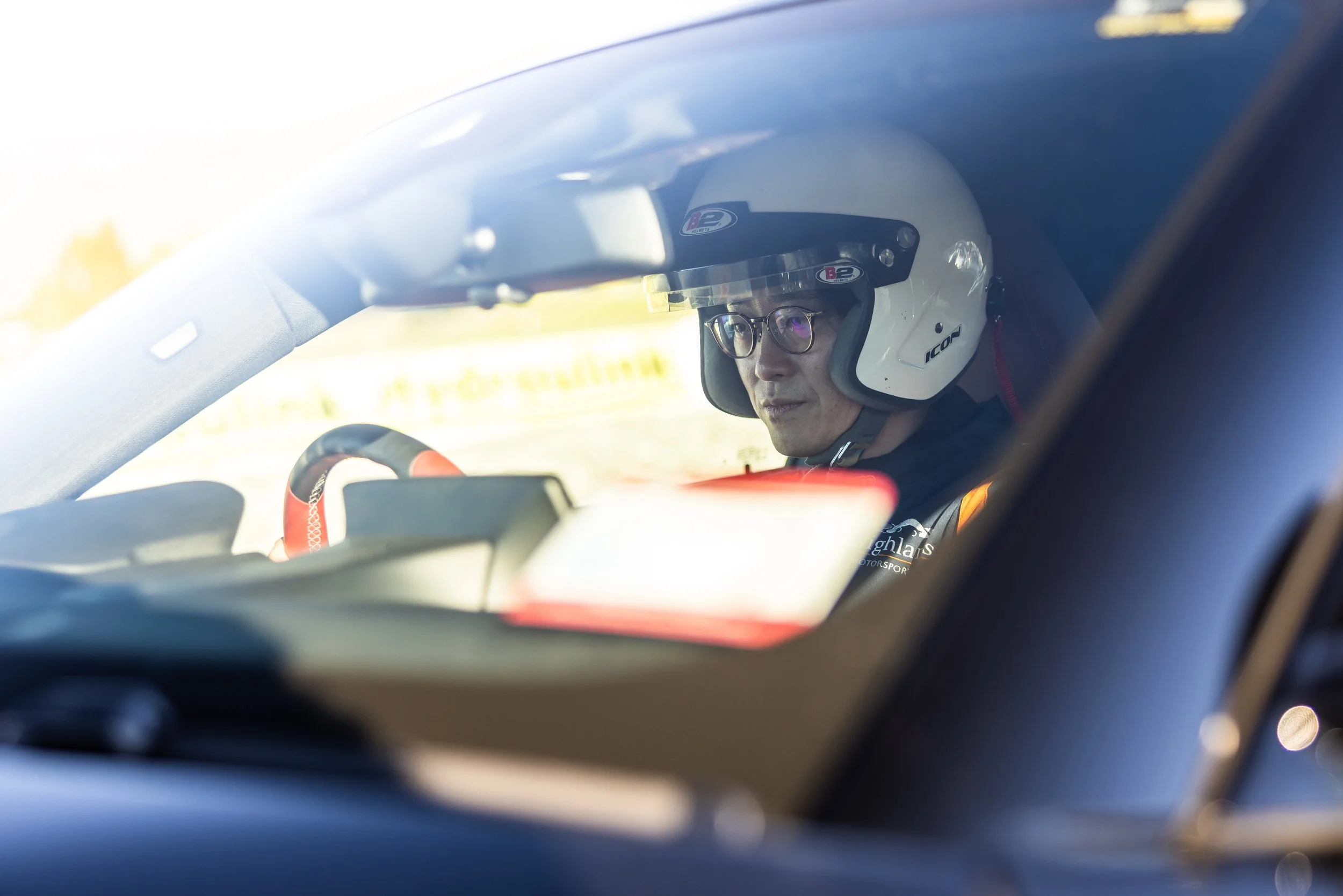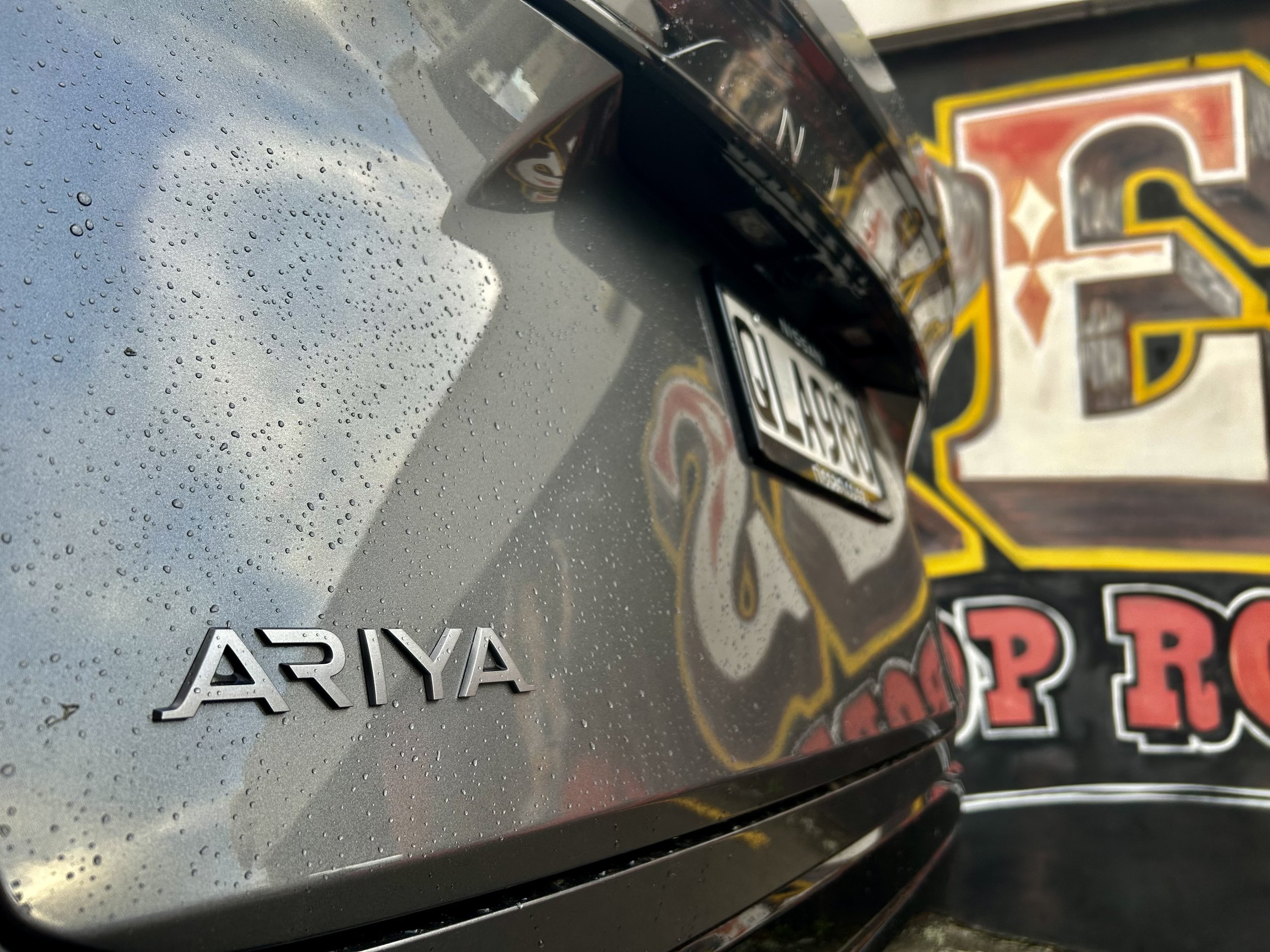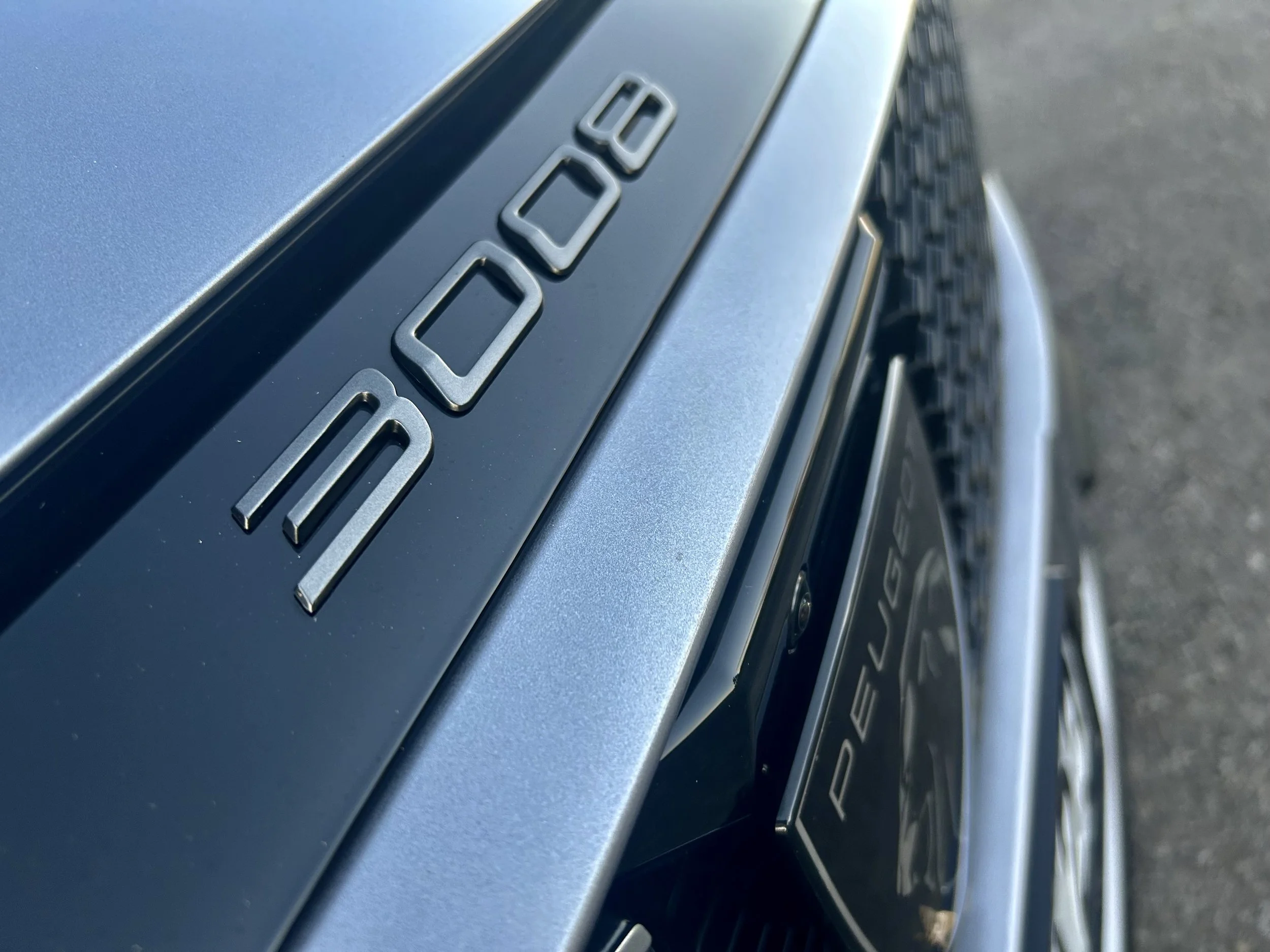Species change for BYD sports utility
/The Sealion 6 is the Seal U by a different name. Why?
‘SEAL you later’ is a potential, but for now shelve that as a name associating with a sports utility now landing from pugnacious Chinese make BYD.
The plug-in hybrid sports utility that was expected to be marketed as the Seal-U has instead adopted a late name change, to Sealion 6.
Ostensibly enacted for Australia, the new name also applies in New Zealand, because while distributor arrangements are separate, the countries take common cars.
Unravelling why this has happened has fallen to BYD Australia to explain - there’s been no comment about it at from BYD New Zealand.
The Sealion 6/Seal U is important to Australasia, but timing for NZ is not great.
Even though it is something new in being a plug-in hybrid, employing the maker’s fourth-generation ‘DM-I’ 1.5-litre petrol-electric powertrain technology that is also to be seen in the upcoming BYD shark utility, the new car market is in a severe doldrum.
In saying that, the medium PHEV sports utility sector is in better state than the full electric sector, where BYD has restricted until now and been a past darling.
That’s changed entirely and all three of its offers, all but one from its Ocean series of cars (hence why they are named after sea creatures) are currently struggling for interest.
The BYD Atto 3 that was its first and most pioneering model, and a top EV choice for Kiwis over 18 months, has stalled in 2024, with just 48 registered since January 1 - a count that would have been a slow month in its heyday.
The Seal sedan, which is designed to take on the Tesla Model 3, has so far notched up 79 sales this year - against 169 for Elon Musk’s volume car - while BYD’s only other performer, the Dolphin hatch, has taken 27.
Not a happy state for BYD, which appears most bullish of all China’s makes, with talk of head office having expectation of the local arm being a market dominant make by 2026. That would mean toppling Toyota NZ, whose market share is presently more than 10 times BYD NZ’s.
Back to the Seal U-turned-Sealion. BYD’s distributor in Australia, EVDirect, briefed media on the name switch. In an interview with the website carsales.com.au, EVDirect chief executive David Smitherman said the Seal U name was potentially going to be a challenge because of potential of it being associated with the Seal sedan - just with one being a PHEV and the other fully electric raised potential of confusion.
Carsales says Smitherman told it: “Because it was a super-hybrid we wanted to call it a different name. So we spoke to our colleagues from BYD and they said ‘yes let’s shift that name to Sealion’.”
Even the ‘U’ part of the name was a challenge, as there was thought Australians might read that as representing “ute.”
That’s the state of play for now. In the future, though, this call might raise complication nonetheless, with the web report saying this doesn’t mean all Sealions will be PHEVs and all Seals will be EVs from this point forward.
What already complicates is that BYD actually also already builds the Seal U in full electric form. That’s how it sells in Europe.
In China – where it is sold as both a plug-in hybrid and an EV – it is known as the Song Plus. The home market is years ahead, in that it is about to go to the next generation of the DM-i drivetrain.
On top of this …. BYD has just started domestic sale of a Sealion 07 in China, also an EV. It’s also set come to this part of the world, as a competitor to the Tesla Model Y. The Car Expert website in Australia says BYD NZ has already signed up for it, with intent to begin sale later this year.
Meantime, at the recent Beijing motor show BYD rolled out a new PHEV version of the Seal sedan called the Seal 06. And later in the year a model called Seal S will debut.
Meantime, Sealion 6 is here two formats, front-drive Dynamic and all-wheel-drive Premium, respectively for $57,990 and $64,990.
And if you’ve ever wondered what the difference between the animal species are?
Together with the walrus, they are pinnipeds, which means “fin footed” in Latin, but seals' are smaller, can be furry and their stubby front feet — thinly webbed flippers, actually, — seem petite in comparison to the mostly skin-covered, elongated fore flippers that sea lions possess.
Also, sea lions have small flaps for outer ears, whereas seals lack external ears altogether. Sea lions are also known to be a lot noisier.


















